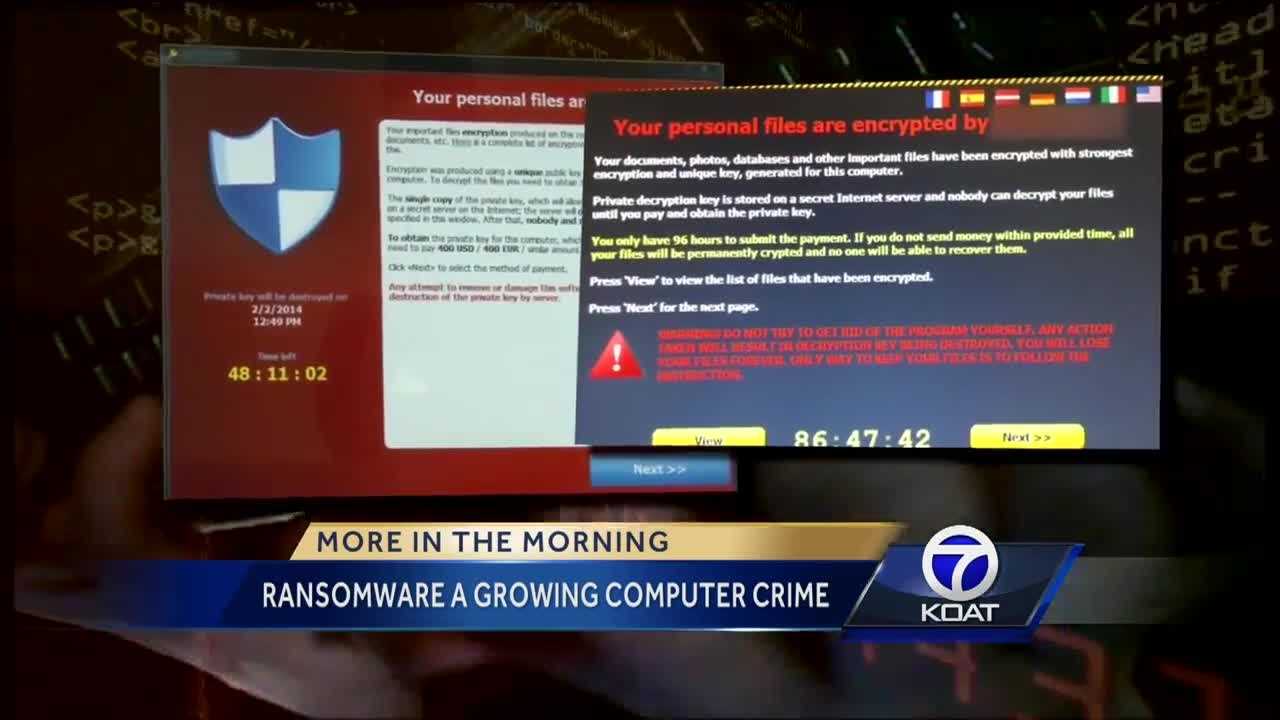
- #Hijacking in computer security how to
- #Hijacking in computer security Patch
- #Hijacking in computer security code
- #Hijacking in computer security password
In fact, DNS-based attacks have been on the rise in the last decade.ĭNS is the protocol that translates human-friendly URLs into machine-friendly IP addresses. Because of this, DNS can serve as the medium for a variety of attacks against company networks. Ultimately, the intruder zig-zags through the network, user accounts, data, and systems as necessary to achieve their goal(s).Cybercriminals know that DNS – or Domain Name System – is a trusted, ubiquitous protocol, and many organizations don’t monitor their DNS traffic for malicious activity. Here, the hacker attempts to move through the system by acquiring more privileges/privileged accounts, and to find other exploits and weaknesses. Step Three: Lateral Movement and Exfiltration Logging all privileged activity and applying privileged session monitoring and management (which can allow you to pause or kill suspicious sessions), allows you to analyze, alert, report on, and potentially stop any suspicious or unwanted activity. Monitor and audit all privileged user, session, and file activities. Again, limiting user privileges helps stymie an attacker’s movement at every step.
#Hijacking in computer security password
Privileged password management solutions enable organizations to enforce password security best practices, while identifying and eliminating shared accounts and default passwords.Įnforce least privilege. When accounts and passwords are shared, it makes lateral movement and hijacking that much easier.
#Hijacking in computer security how to
How to dismantle or contain an attack at this phase:Įliminate shared accounts and password sharing. This stage is where an attacker looks to escalate privileges, and hijack other privileged passwords/accounts.

Step Two: Privilege Hijacking and Escalation By removing admin rights wherever possible and enforcing least privilege, you shrink the available actions that can be performed by an intruder or malicious code.
#Hijacking in computer security code
Often, malicious code cannot execute without a higher level of privileges. For instance, if an asset or application has vulnerabilities, you will want to be even more judicious about allowing them to run elevated privileges.Įnforce least privilege: Hackers, and malware, covet privileges. This can be achieved by leveraging vulnerability-based application management (VBAM), which is the capability developed by BeyondTrust to correlate vulnerability data against privileged access requests and permissions, and restrict access based on real-time risk. Implementing these measure dramatically reduce an organization’s attack surface. Pen testing is also a valuable method for proactively identifying risks as a hacker would, to help close any security gaps.
#Hijacking in computer security Patch
This calls for a thorough vulnerability management program that includes vulnerability scanning and patch management.

Numerous security studies have reported that unpatched vulnerabilities are the leading cause of initial exploit. Over the years, the attack landscape has shifted, and many have argued that the cyber kill chain, while helpful, needed to be updated to accommodate the reality that the traditional perimeter has shifted-some even say it has, in many cases, vanished. While the original cyber kill chain model as envisioned by Lockheed Martin is a helpful starting point in trying to model and defend against attacks, as with any security model, keep in mind that every IT deployment is unique, and intrusion attacks do not, as a rule, have to follow the steps in the model. Intruder initiates end goal actions, such as data theft, data corruption, or data destruction The intruder gains persistent access to the victim’s systems/network Actions on Objective The malware installs a backdoor or other ingress accessible to the attacker Command and Control

The malware begins executing on the target system Installation Intruder transmits the malware via a phishing email or another medium Exploitation Intruder develops malware designed to exploit the vulnerability Delivery Intruder picks a target, researches it, and looks for vulnerabilities Weaponization


 0 kommentar(er)
0 kommentar(er)
